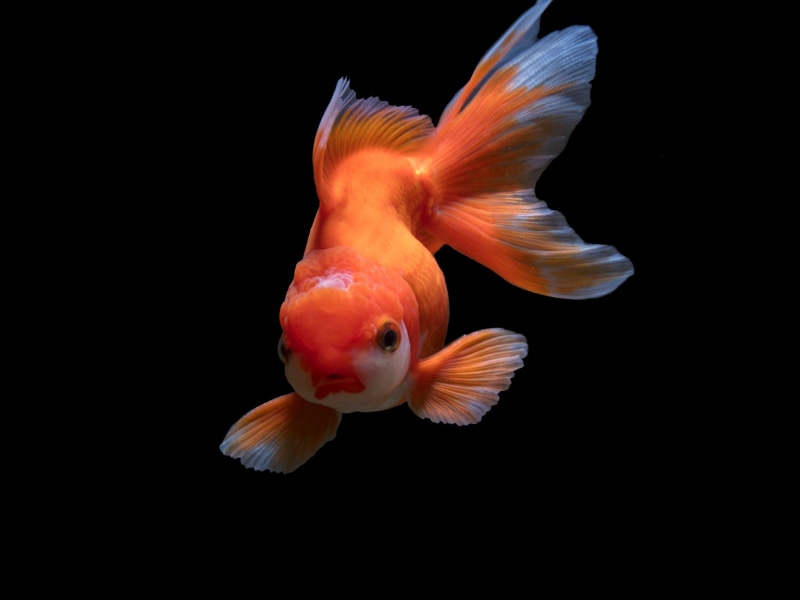Aquarium Salt In Freshwater

Adding salt to a freshwater tank may sound like an oxymoron, but it has been scientifically proven to have a wave of benefits for the health of your fish.
WHERE CAN YOU BUY?
For your convenience we sell 1lb and 4lb bags of aquarium salt! It’s the same salt we use in store. If you’re in a pinch at home, kosher and non iodized salts are also safe to use. DO NOT USE iodized salt, table salt, or sea salt.
HOW MUCH TO ADD?
Since the start of our business in 1969, we have used this ratio for the majority of our freshwater fish: one tablespoon per 5 gallons of water. A more conservative ratio is one tablespoon per 10 gallons of water for sensitive species or aquariums with live plants.
WHAT DOES SALT DO?
First and foremost, aquarium salt helps osmoregulation of freshwater fish. Osmoregulation is the physiological process fish use to control the amount of salt and water in their bodies. Fish have a higher density of salt within them than their surrounding environment. Osmosis, the movement of a dissolved substance (in this instance, salt) across a semipermeable surface from an area of high concentration (fish) to an area of lower concentration (water), causes freshwater fish to lose salt rapidly and take in water. The addition of aquarium salt into a tank thus helps the health of freshwater fish by better balancing this continual give and take.
Aquarium salt keeps the slime coat of fresh water fish robust and healthy. A fish’s slime coat is the front line barrier to protect it against bacteria and parasites, much like the skin of humans.
Aquarium salt promotes healthy gill function, reduces stress, helps wounds heal…. need we say more?
HOW & WHEN TO ADD
If it’s the first time adding aquarium salt, you can use the ratio outlined above. Pour it directly into your aquarium and gently stir the water to help dissolve any chunky pieces. Otherwise, you only add salt after a water change. Do not add salt to an aquarium you are topping off for evaporation; salt does not evaporate. To add salt to an aquarium you are doing a water change on, take note of how many gallons you are taking out and replacing. So for example if I removed 10 gallons from my 40 gallon aquarium, I would then add back in two tablespoons of salt.
AQUARIUM SALT FOR DISEASE
Aquarium salt can also be advantageous to use in conjunction with medications to help treat active diseases. A ratio of three tablespoons of aquarium salt per 5 gallons is a general rule of thumb, but we encourage you to consult our knowledgeable staff member Steve for more information regarding the specific diagnosis and needs of your tank.
SALT-LOVING FRESHWATER FISH
There are some fish species that absolutely require aquarium salt in order to thrive. Some examples are livebearers (guppies, platys, mollies, swordtails) and goldfish.
BRACKISH FISH
Brackish water occurs where a freshwater system (i.e., river) meets with a body of saltwater and they mix. The salinity (salt concentration) of brackish
water environments can vary considerably; however, most brackish tanks are kept at a salinity between 1.005 and 1.012. Unlike aquarium salt for freshwater, you need marine salt for a brackish tank. To achieve this salinity, we recommend mixing 1/8 cup of marine salt per one gallon of water. Check the salinity level by using a hydrometer or refractometer. Examples of fish that naturally occur in brackish environments are some puffer species (i.e., spotted, figure ‘8’), hifin bull shark, archers, monos, scats and datnoids.